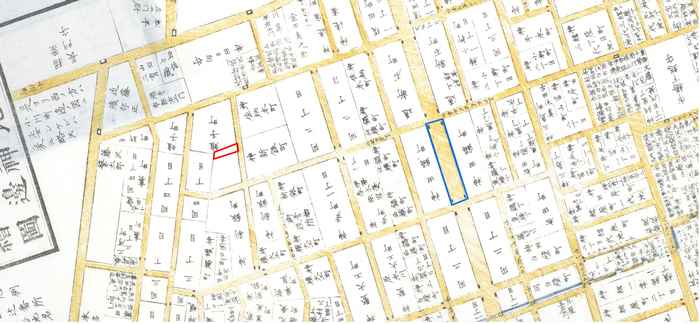1.9 Capturing Gendered Mobility and Street Use in the Historical City: A New Methodological Approach
Danielle van den Heuvel, Bob Pierik, Bébio Vieira Amaro & Ivan Kisjes (2020)
Keywords: Everyday mobility, Streets, Cities, Gender, Digital history
Author Danielle van den Heuvel on the article:
The importance of understanding practices of everyday urban mobility is abundantly clear to social scientists. The study of travel routes and routines, as well as various forms of street use (loitering, walking), has generated important insights into 21st-century challenges such as ecological sustainability, urban design, inclusivity, public safety, and equality. For historical contexts, a better understanding of everyday street use helps illuminate a range of phenomena including work practices, leisure patterns, economic clustering, surveillance and control, and the impact of urban growth and technological change on people’s daily lives. It also helps to answer one of the most debated questions in both urban and gender history: To what extent did women disappear from street life as cities entered modernity?
This question is at the heart of the NWO-funded research project The Freedom of the Streets. Gender and Urban Space in Eurasia 1600-1850. It tackles the longstanding assumption that with the rise of modernisation, urbanisation and industrialisation, women were forced into the home, turning the city streets into a male domain. In order to unravel the complex range of factors that impacts upon gendered street use (amongst others ideology, the built environment, the economy, and legislation), it is crucial to first map the exact form street use took. The reconstruction of routine movements through a historical city presents historians with an exceptionally challenging task. Because short trips in the city for work, leisure or other everyday purposes are commonly understood to be ordinary and unremarkable, they are not usually recorded in historical sources. Indeed, what strikes the few historians who have attempted to reconstruct urban mobility before the 20th century generally is the absence of references to such practices in the archives. Moreover, in contrast to scholars who study the present or the fairly recent past, historians looking further back cannot interview or survey their subjects on their mobility practices and cannot make observations on streets and in public squares, as is common in the social sciences.
In this article, we present a new method to systematically capture (historical) street life: the snapshot approach. Building upon methods from related fields such as critical geography and economic history, and using digital tools (GIS, Deep Mapping), we propose a new methodological approach to study historic mobility and street use. The snapshot approach facilitates intercultural comparability and creates possibilities for systematic spatial analyses. We argue it forms an important tool to enhance our understanding of gendered historic urban experience. It may also be applied to other areas of research where the systematic analysis of unstructured data on ephemeral phenomena is central.


Danielle van den Heuvel, Bob Pierik, Bébio Vieira Amaro & Ivan Kisjes (2020). Capturing Gendered Mobility and Street Use in the Historical City: A New Methodological Approach. Cultural and Social History, 17 (4), 515-536